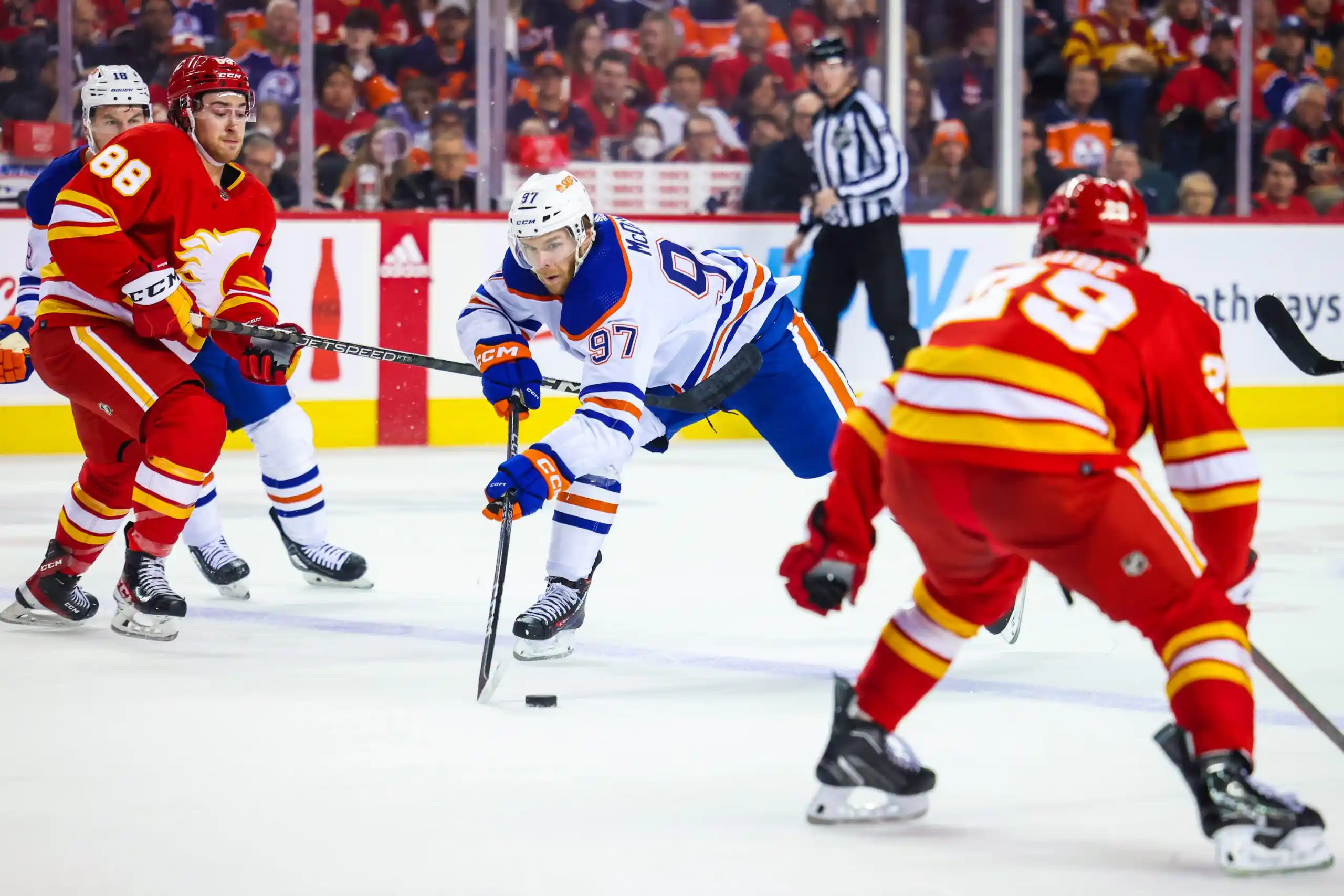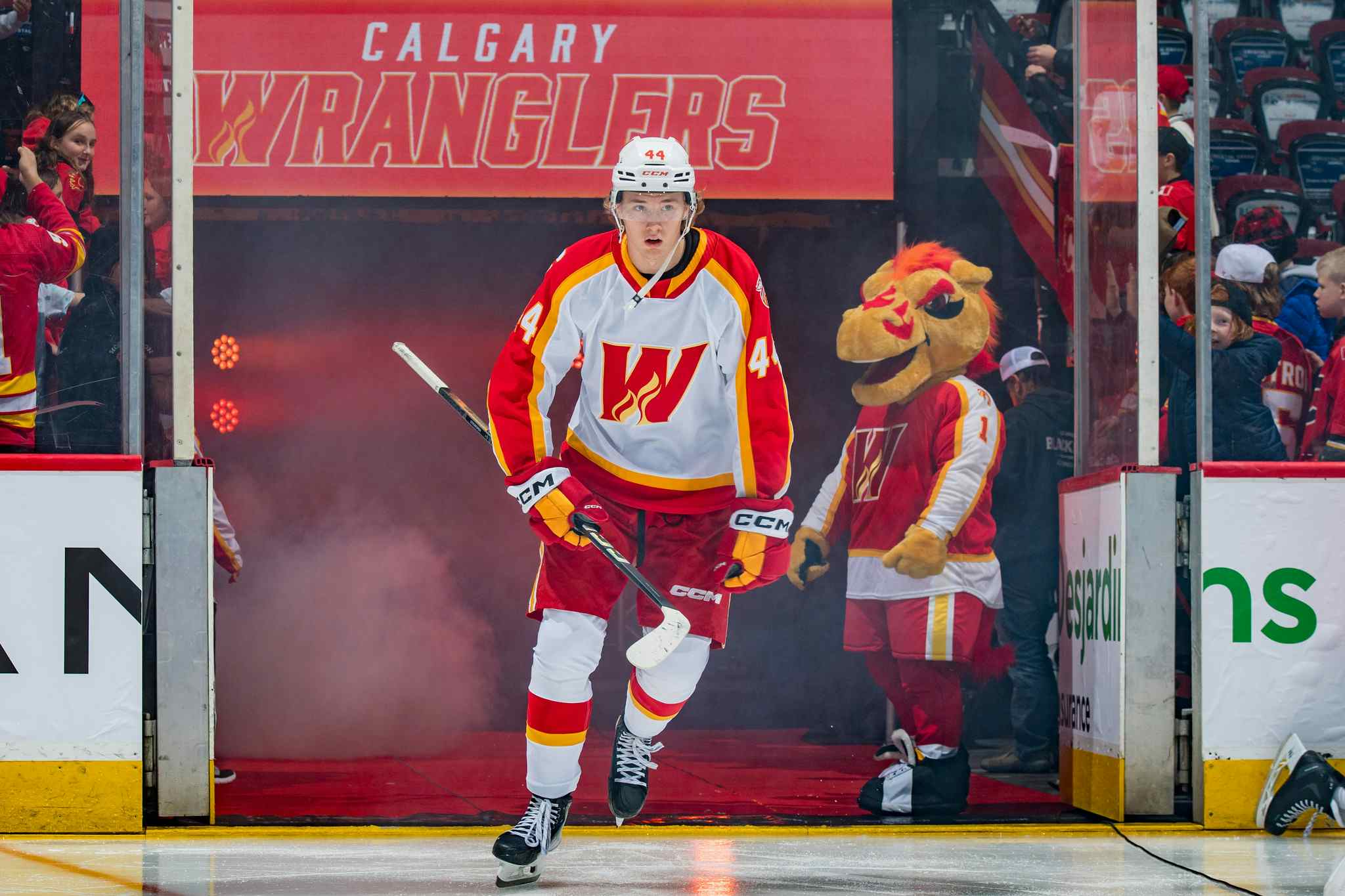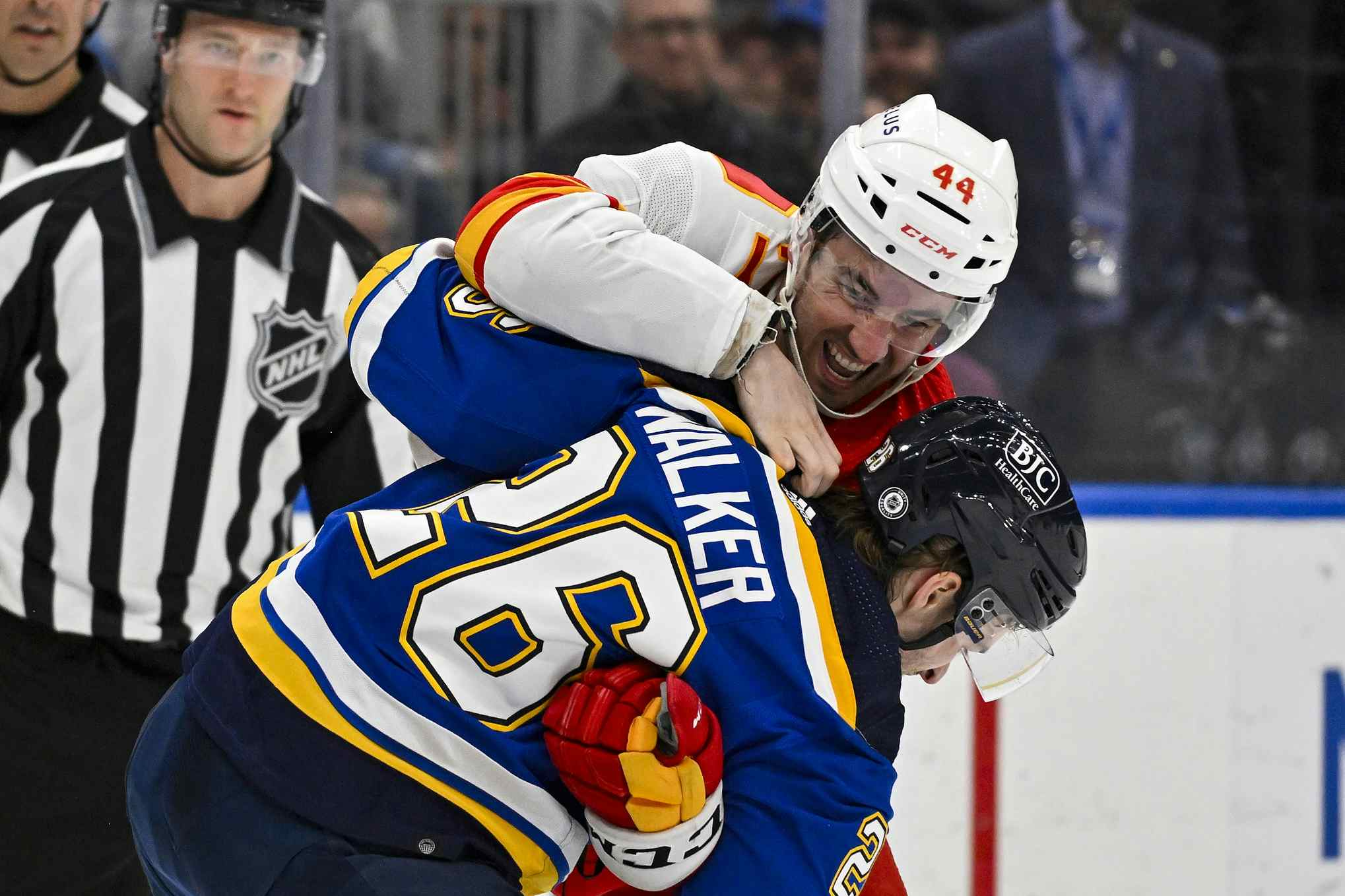It’s time to play Dougie Hamilton more
Dougie Hamilton’s ice time has been a frequent point of interest for me all season long. For most of the year, Hamilton has been number five among Calgary defenders in ice time. In more recent times, the Flames have been without both Kris Russell and Dennis Wideman yet Hamilton’s ice time has still been relatively limited.
Personally, I think Hamilton is the third best defenceman on the team and, with only the stretch drive remaining, I think Calgary should be using him as such.
The table below compiles the most used players on the Flames through more than three quarters of the season.

What’s been even more curious has been Hamilton’s usage over the last few weeks. Calgary has been without Wideman due to suspension and without Russell thanks to injury and now a trade. Yet, during that 12 game stretch (February 15th through March 7th), it’s been Deryk Engelland getting the biggest ice time bump as opposed to Hamilton. Last night’s win over Nashville is obviously excluded as Engelland sat out with a minor lower body injury.
I have absolutely nothing against Engelland. In fact, I think he’s been just fine as a third pairing defender this season. On average, though, Engelland is receiving around two more minutes of even strength ice time per game when compared to Hamilton over the 12 game span referenced above. Since losing Russell and Wideman, Engelland’s ES ice time has averaged around 17:50 while Hamilton’s has been down at roughly 15:50. That’s a fairly significant gap that I think should be reversed down the stretch, and I’ve got three reasons why.
Hamilton is a better option
First and foremost, I think Hamilton is the third best defenceman on Calgary’s roster and I felt that prior to the deadline. But let’s focus on the situation as it applies right now. Hamilton shouldn’t be playing less at 5-on-5 than Engelland right now; the same applies to Wideman when he returns to the lineup shortly. Why? Because Hamilton is a more effective player.
The table below compares possession and offensive zone start metrics of the three players in question. The raw figures are compiled in all score situations compared to the values in close score scenarios.

Looking strictly at possession, Hamilton is the most effective of the three defenders while Wideman is the least effective. For me, the data correlates with my eye, because possession isn’t everything.
More than anything else, Hamilton is the best skater of the three in question. That allows him to close gaps better than either of Engelland or Wideman, which in turn makes it more difficult to gain the offensive zone on him. I’ll be the first to admit Hamilton is prone to some questionable decisions inside his own blueline, but certainly no more than the other two. He spends less time in his own end than the other two, though, ultimately making him more effective.
Hamilton also has far more ability to create offence. Not only does he spend significantly more time in the offensive zone as the other two, he also affects more scoring chances. Once again, it’s table time, because looking at scoring chances and high-danger scoring chances, Hamilton is the most dangerous.

Proportionately, Hamilton is on the ice for way more goal scoring opportunities than the other two. Knowing that he’s not routinely on the ice with Calgary’s top offensive forwards at even strength, that tells me Hamilton has a decent hand in creating the chances he’s out there for. Regardless, over 60+ games, it’s not a coincidence to see Hamilton on the ice for more positive offensive chances than the other two.
When Wideman returns, seeing the pairings look something like this seems pretty ideal to me:
- Giordano-Brodie
- Hamilton-Jokipakka
- Engelland-Wideman
So before we get into the other reasons to start using Hamilton as a number three, it’s important to lay out that he deserves to be there on merit. I think the data above does a nice job of laying that out.
It’s better long term
Hamilton is a huge piece of this team’s future. It’s cold and robotic, but Engelland and Wideman are not. The Flames gave up three draft picks to acquire a 22-year-old Hamilton in June and signed him to a six-year, $34.5 million contract shortly thereafter. Engelland and Wideman, on the other hand, are both 32 or older and will enter the final year of their contracts next season.
The team is most definitely going forward with Hamilton while it is unlikely to see them do the same with the other two. Knowing that Hamilton likely projects as a 2-3 defenceman long term with the team, doesn’t it make sense playing him in that spot right now? It certainly makes more sense when the other options are older and less effective players.
Now is the time
The Flames aren’t going to the playoffs, so the rest of the season should be used to further the longer term goals of the club. Allowing younger players to see more ice time is the way to go right now. So, even if you believe Hamilton should be playing less than Engelland and/or Wideman on merit, I’d assert he shouldn’t be knowing the team’s circumstances right now.
Because Hamilton is such a big piece of this team’s long term future, his development needs to be a priority. First off, he can handle top three minutes. Just as importantly, seeing that type of responsibility will be good for Hamilton. It’s a no-brainer for me; even if he does struggle, the results in the final month really don’t matter. Let the guy sink or swim knowing he’ll probably do the latter.
Conclusion
Right now, Hamilton’s ice time is very much game dependant. He saw more ice time than usual against the Sharks because Calgary spent so much time on the powerplay. At even strength, though, Hamilton has regularly been used less than teammates he’s superior to. With a month to go this season, I believe that trend should start changing.
Recent articles from Pat Steinberg





